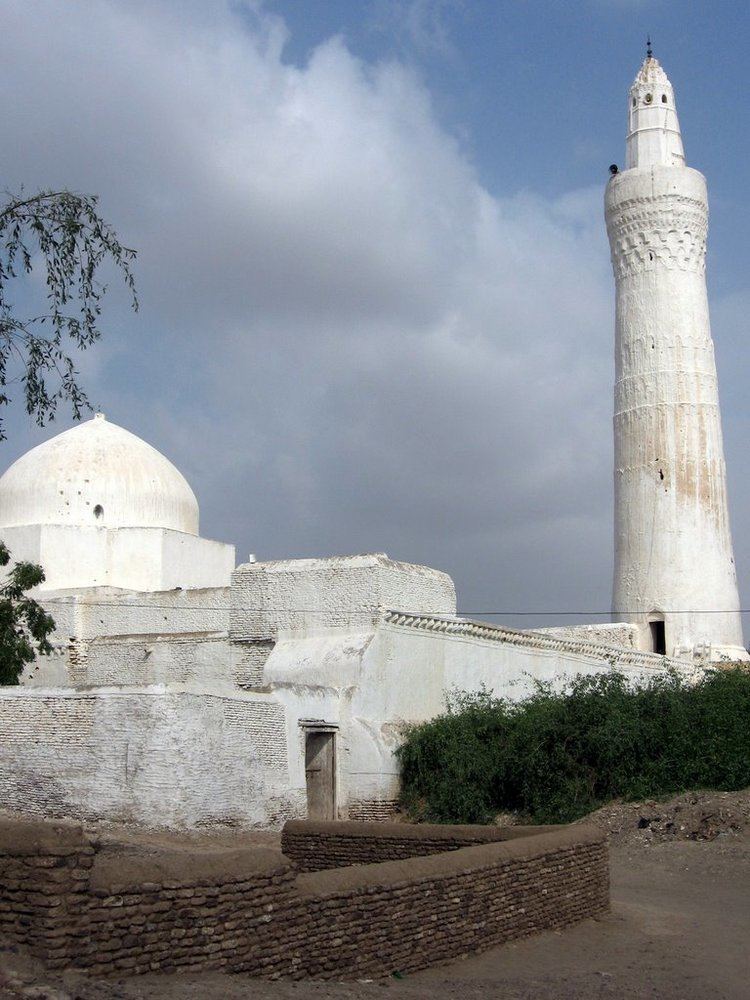Country Yemen Type Cultural Local time Sunday 3:18 PM Designated as world heritage site 1993 (17th session) | Official name Historic Town of Zabid Criteria ii, iv, vi Endangered 2000–present | |
 | ||
Time zone Yemen Standard Time (UTC+3) | ||
The university city of zabid yemen
Zabid (Arabic: زبيد) (also spelled Zabīd and Zebid) is a town with an urban population of around 52,590 persons on Yemen's western coastal plain. It is one of the oldest towns in Yemen, and has been a UNESCO World Heritage Site since 1993; though, in 2000, the site was placed on the List of World Heritage in Danger.
Contents
- The university city of zabid yemen
- Map of Zabid Yemen
- The lost city of zabid yemen
- History
- Geography
- World Heritage Site
- Economy
- References
Map of Zabid, Yemen
The Great Mosque was built in 628 AD by Abu Musa Ashaari, one of the followers of Muhammad. The town was the capital of Yemen from the 13th to the 15th century.
The lost city of zabid yemen
History
The town, named after Wadi Zabid, the wadi (or valley) to its south, is one of the oldest towns in Yemen. Abu Musa Ashaari, one of the Prophet Muhammads companions, came originally from Zabid, and had the Great Mosque of the town built in 628 AD, also still during the Prophet's life. According to tradition, this is the 5th mosque built in the history of Islam. Zabid was the capital of Yemen from the 13th to the 15th century and a centre of the Arab and Muslim world due in large part to its famed University of Zabid and being a centre of Islamic education. It was the capital of the Ziyadid dynasty from 819–1018 and the Najahid dynasty from 1022–1158. Today, however, it is at the intellectual and economic margins of modern Yemen.
Geography
Zabid has an urban population of around 52,590 persons on Yemen's western coastal plain.
World Heritage Site
Zabid has been declared a World Heritage Site by UNESCO since 1993. Zabid's Great Mosque occupies a prominent place in the town. The vestiges of its university can also be visited.
In 2000, Zabid was listed on the List of World Heritage in Danger; the listing was made on the behest of the Yemeni government due to a state of poor upkeep and conservation. According to a UNESCO report, roughly "40% of the city's houses have been replaced by concrete buildings, and other houses and the ancient souk are in a deteriorating state. If the city has not begun preservation of its cultural heritage within two years of its inscription as a UNESCO World Heritage Site, it faces possible loss of this vaunted status.
Economy
As of 1920, Zabid was one of two places in Arabia growing indigo. Zabid also grows and produces cotton. The British cite tribal disputes as dampening the economy in Zabid during the early 20th century.
